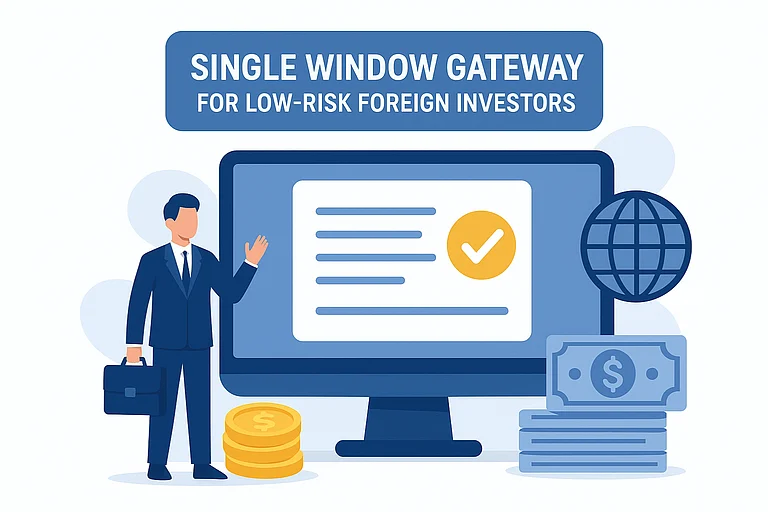By Chintan Haria
It’s the era of smart everything – smart phones, smart watches, smart glasses, smart goals and smart cities. Why then should investing not smarten up?
Investors typically face the choice between active and passive investment strategies. While active strategies offer potential for higher returns than benchmark indices, passive strategies are a low-cost way to create wealth. But what if there was a way to combine the benefits of both? That’s where smart beta investing comes in.
Smart beta investing is a type of passive investing boosted by an element of active investing. Smart beta strategies aim to mimic smart beta indices constructed using factors such as value, momentum, alpha, volatility or quality. Globally as well as domestically, smart beta strategies are seeing growing popularity.
Nifty Alpha Low Volatility 30 index
Nifty Alpha Low-Volatility 30 Index is a smart beta index constructed in a way where stocks with the highest Alpha and the lowest volatility are given higher weights. With a factor-based approach to determine weights, it intends to counter the higher concentration risk of market-cap weighted index strategies and by using multiple factors it helps to counter the cyclicality of single factor index strategies. The weight of individual stocks in the index is capped at 5%.
By giving higher weights to less volatile securities, the Nifty Alpha Low Volatility 30 Total Return Index (TRI) smoothens out portfolio movements in times of market volatility.
Nifty Alpha Low Volatility 30 Exchange Traded Fund
Smart beta strategies can be implemented through Exchange Traded Funds or ETFs. Smart beta ETFs track smart beta indices. These ETFs offer investors transparency, liquidity, ability to tactically buy and sell, and diversification.
A Nifty Alpha Low - Volatility 30 ETF tracks the Nifty Alpha Low Volatility 30 index and captures the performance of 30 stocks from the Nifty 100 and Nifty Midcap 50 universe based on Alpha and Low volatility factors. Alpha is defined as the difference between the scheme performance and index performance and is given 50% weight, and Low volatility would mean below average volatility and is also given 50% weight to determine constituent weights. This combination of factors aims to provide a portfolio which offers both potential for higher growth and stability in times of market downturns.
This ETF is thus suitable for investors who wish to invest in the largest 150 companies in a way to maximize alpha and limit the impact of market volatility on their portfolios.
Units of the Nifty Alpha Low Volatility 30 ETF can be bought and sold on exchanges at real time prices during market hours using a Demat account. An ETF with reasonably large assets under management is preferable from a liquidity perspective. Low expense ratio and low tracking error can help maximize returns.
Multi factor-based smart beta investments like the Nifty Alpha Low Volatility 30 ETF can be a ‘smart’ addition to an investor’s portfolio in the current market environment. Indian equity markets have seen increased volatility in recent weeks as global uncertainty on the growth and geopolitical fronts has driven foreign investors out. Rich domestic valuations have also been challenged by muted second quarter earnings. Reacceleration of retail inflation in September and the RBI’s decision to not cut interest rates too is weighing on markets. Markets can thus be expected to remain volatile even as the underlying economy continues to chug along.
A dedicated allocation to a Nifty Alpha Low Volatility 30 ETF can give investors exposure to an equity portfolio curated to enhance alpha as India grows, and lower volatility as markets go through their ups and downs.
(The author is Principal- Investment Strategy, ICICI Prudential AMC. Views expressed are personal and do not reflect the official position or policy of Outlook Media Group and/or its employees. The article is for information purpose only; please consult your financial planner/s before investing.)















